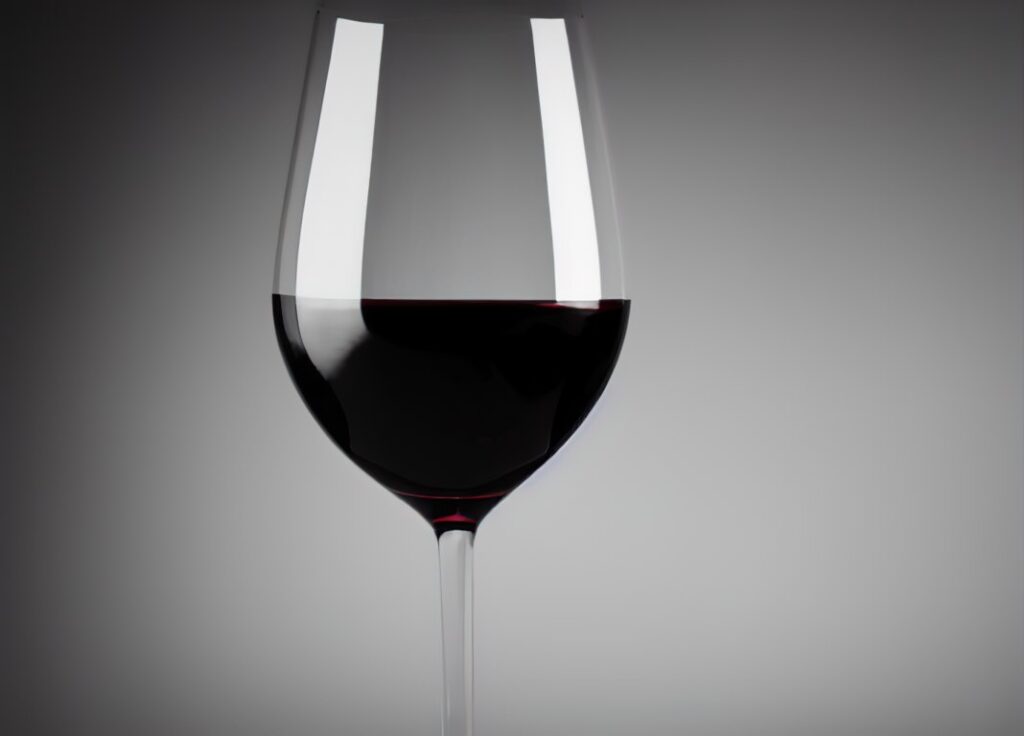
A recent survey, documented on Forbes by one of the researchers Liz Thach, MW, has shed light on the preferences of wine consumers in three major markets: the U.S., Australia, and Italy. The study, conducted in May 2023, highlighted that in all three countries, the taste of the wine was prioritised over its price.
Prior experience with a particular wine was a significant indicator of future choices. Interestingly, while Australian and U.S. consumers often based their decisions on price if they hadn’t tasted the wine, Italians were more influenced by the food they intended to pair with the wine.
The research, which involved a sample of 2,014 wine consumers from the aforementioned countries, revealed both similarities and differences in wine purchasing behaviours. Across all countries, a common factor influencing wine choice was a recommendation from a trusted individual. This could be friends, family, online sources or wine shop employees.
Brand recognition only ranked fifth in importance and awards or medals weren’t as influential as other factors. This might be attributed to the vast array of wine brands and competitions available. Environmental considerations, such as sustainable packaging and carbon footprint, were generally less significant, except in Italy where sustainably certified wines were more sought after.
The taste of the wine emerged as the paramount factor. The wine industry has a myriad of taste options, from very sweet to bone dry, influenced by grape variety and winemaking techniques. Research has shown that a third of consumers are introduced to the wine category through a sweet wine, emphasising the importance of a positive initial experience. A 2022 study on attracting younger, multi-cultural consumers to wine suggested that sweet reds, Moscato and sparkling wines were ideal for a favourable first impression.













